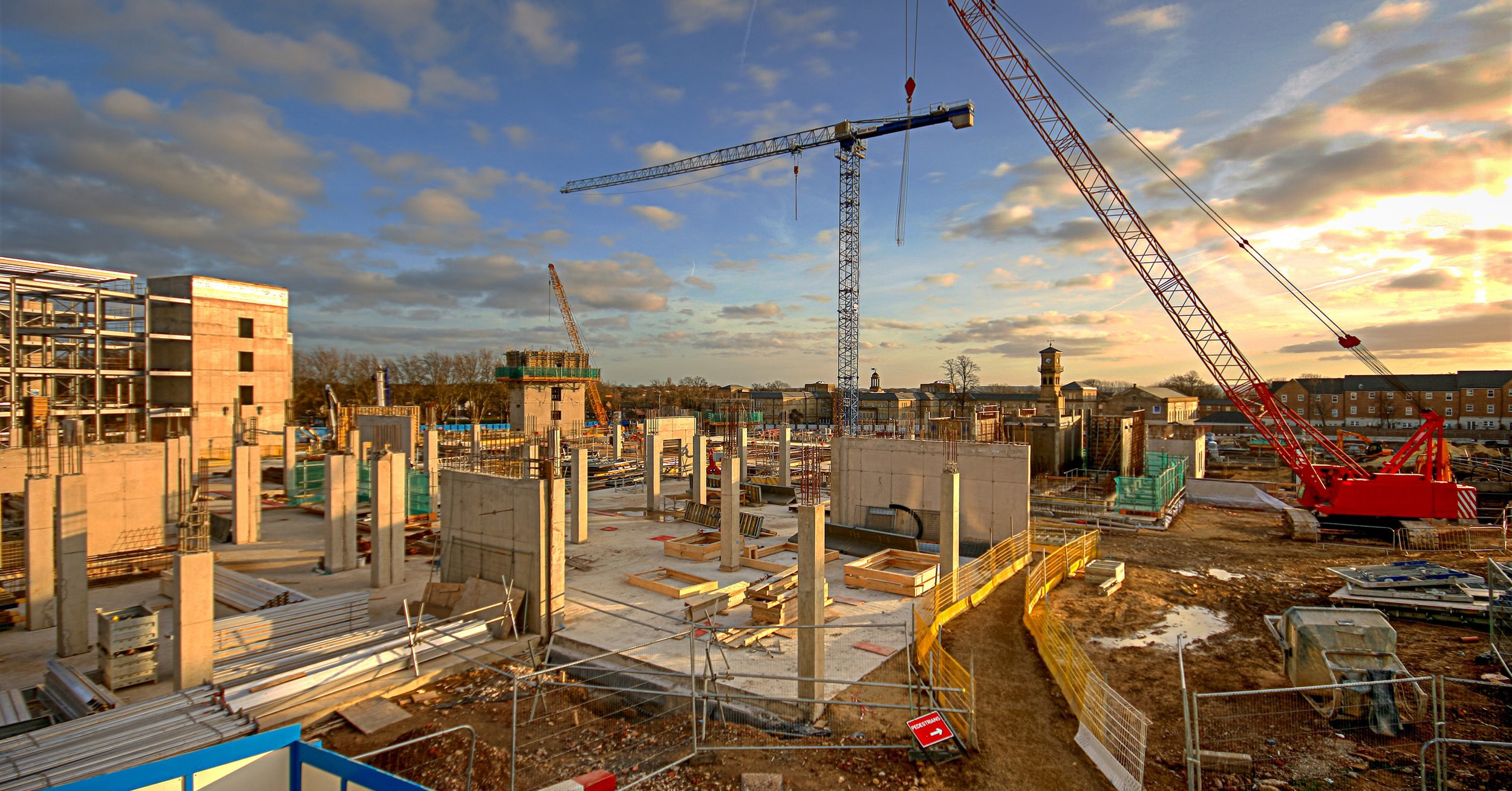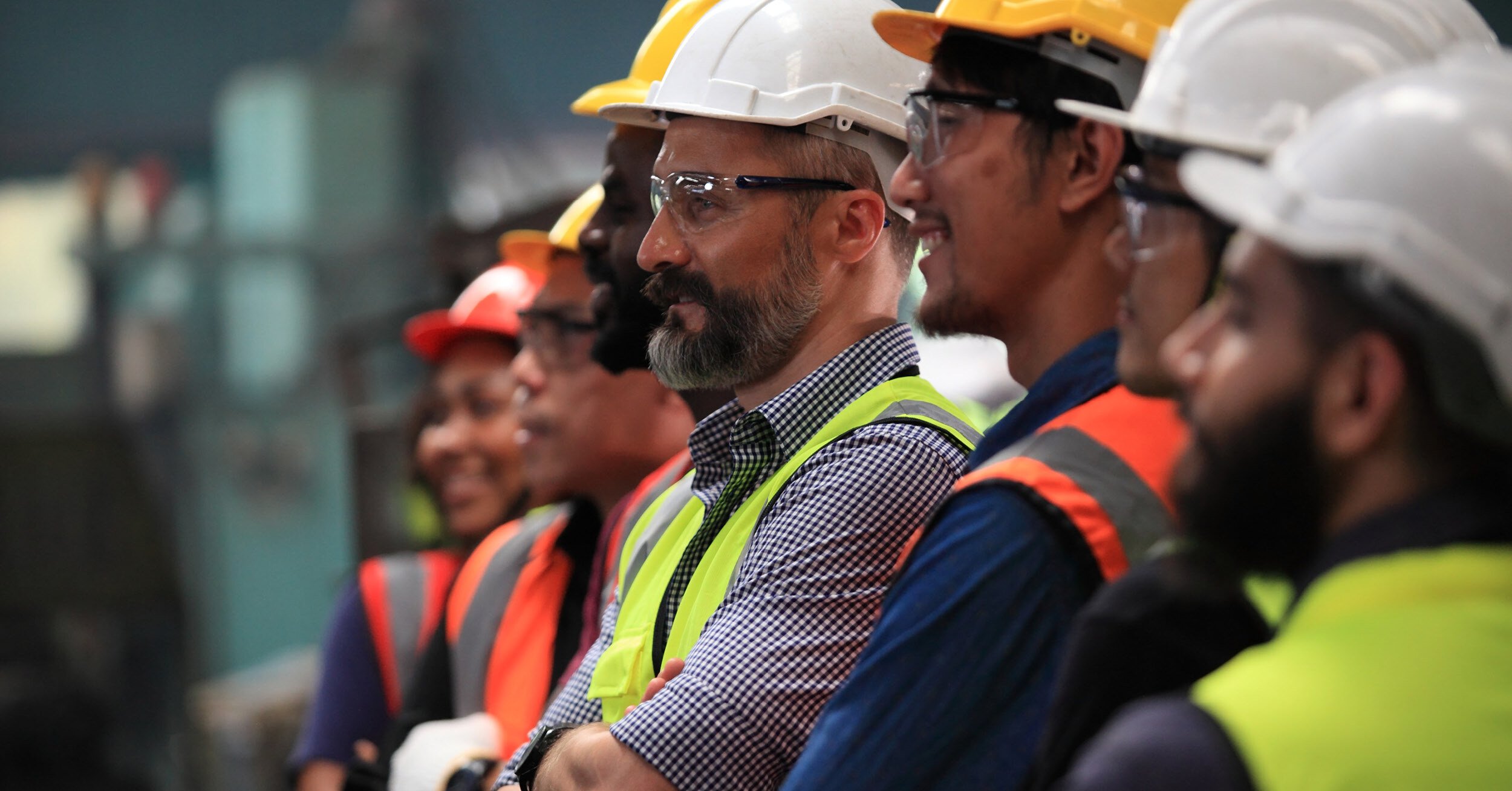Top 4 Technology Challenges in the Construction Industry
September 25th, 2019
3 min. read
By McClone

Gone are the days of simply loading your tools in the truck and showing up on a jobsite ready to trim some lumber and pound some nails. Today’s contractors need to combine tools and tech to get ahead in the marketplace.
But construction lags behind almost every other major industry in the adoption of technology despite an onslaught of technological advances and opportunities in the industry. What are the biggest construction industry technology challenges?
Going Green While Saving Some Green
Increasingly, property owners and developers are adopting green initiatives as part of their business models. These objectives carry over to their facilities and building projects and are fueling the green building trend. In fact, 47% of participants in a 2018 World Green Building Trends report said they expect the majority of their projects to be green by 2021.
In light of concerns over climate change and sustainability, green building will continue to become more prevalent and contractors will need to educate themselves on the latest green technology, including repurposed materials, thermochromic tiles and roof panels, energy efficient systems, smart building technology and more.
Incorporating green practices and technology often requires a big learning curve. In order to compete, contractors will need to seek out and build relationships with new vendors and supply chains. Quoting labor also becomes a challenge as crews will be required to install materials that are new and unfamiliar, or subcontractors who specialize in green building technology may need to be hired. All these factors can make accurate and competitive bids more difficult.
Worker Adoption of Connected Devices
For those who aren’t tech savvy, the myriad of new construction technology can be intimidating. Field workers today may need to use virtual reality, wearable technology, or work with various applications and project management software.
Many people in construction enter the trade because they enjoy working with their hands and may even have a sense of nostalgia for traditional building practices. Introducing technology into the mix can be met with resistance. In fact, one of the biggest hurdles to technology adoption is whether field workers will embrace it as part of their daily work lives. Over 60% of contractors cited this as one of their top obstacles, according to Construction Dive.
Perceptions of the construction industry are slowly changing. Fortunately, these changing perceptions can be leveraged as a recruiting tool and work to your advantage. It’s no secret that there’s a shortage of skilled laborers and that younger generations aren’t necessarily looking to the construction trade as a career choice.
Showcasing your organization’s use of innovative technology as yet another tool in the toolbox, however, can be highly appealing to up-and-coming digital natives. Younger workers are eager to adopt new technology and are more likely to leverage its ability to make their work easier and more productive.
Construction Technology Costs and Disruptive Implementation
Contractors agree that rising material and labor costs are a major risk in the industry, so the added cost of implementing technology often stirs hesitation. There are, no doubt, associated acquisition, deployment and training costs. However, once implemented, technology can be leveraged to create efficiencies, increase profits and reduce costs over time.
Some view technology as an intrusion rather than an improvement. Changing mindsets and creating an atmosphere of optimism toward the end goal is critical in overcoming the implementation challenges that will inevitably occur. The use of software platforms, for example, will help streamline workflows, manage projects, minimize construction defects and meet tight deadlines. It’s best to work with a technology provider that specializes in construction and can do more than just determine appropriate technologies, but also see the project through to full adoption, including any necessary training.
Rather than view technology as another costly endeavor that will disrupt the status quo, construction companies should consider it as an investment for long-term sustainability. With the right people, equipment and technology, leaders in the construction industry can position their organizations for success and mitigate the risks of falling behind competitors.
Heightened Construction Cybersecurity Concerns
As construction companies increasingly rely on technology to manage and complete building projects, they’ll also need to build a security plan. Mitigating cybersecurity risks needs to go beyond safeguarding email accounts and also consider the vulnerability of various project management software, mobile devices, online collaboration tools, financial applications and more.
Some in the construction industry believe they don’t possess information that hackers may be interested in. However, ransomware attacks and data breaches can target proprietary data including project designs, bid information, materials pricing, employee data, financial records and more.
As technology becomes more prevalent in the construction industry, so will potentially crippling cyberattacks. It’s crucial to educate employees and deploy cybersecurity measures to mitigate the risks. Even then, companies should have the added protection of cyber liability insurance to defend against the potential consequences of a successful breach.
Adopting new technologies is potentially the best way to gain a competitive advantage. Companies that prefer to “wait and see” will likely watch from the sidelines as their competitors sprint ahead.
Even with all these digital advances, every contractor knows that being surrounded by the right people is the power that drives success. Use our complimentary Construction Hiring Guide below for actionable tips and strategies to build your workforce in the midst of the current labor shortage. It’s also important to align yourself with the right risk management team to help you navigate this new frontier. Contact us today to talk through ways the strategic risk advisors at McClone can help.
Topics:










